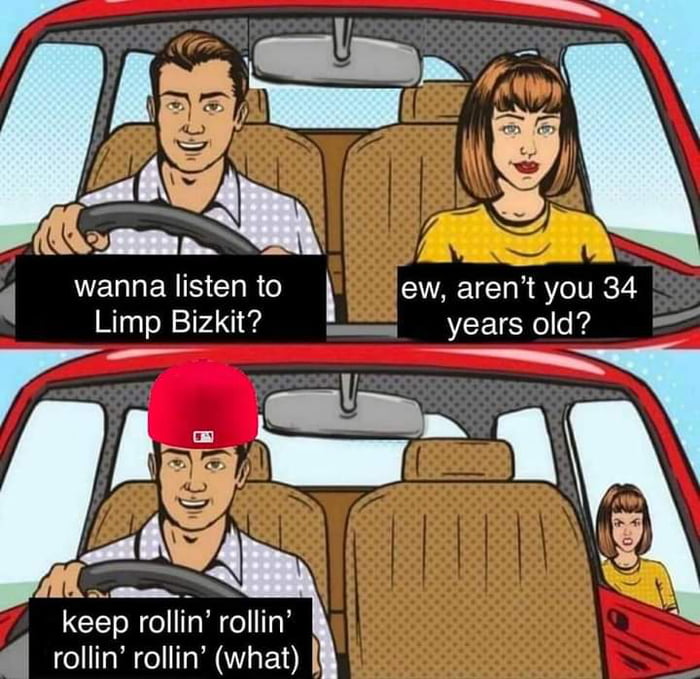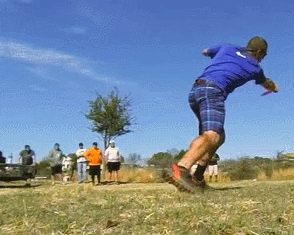In the spirit of trying to tie intercoach threads together I'll keep us rollin' rollin' rollin'
I'm still so interested in BH bc it's such a weird move. So much of "The Good Throw" has to do with getting the body in positions to convert momentum and leverage the ground that someone like me with classic upper body-centric movement & weak lower body has had a really hard time. That's probably why I gravitated toward the body-type-specific very mass and momentum-centered concepts around here. With lots of help, still has taken tons of trying to get my body to land in a way to convert force up the chain rather than force or muscle things. The hammers eventually connected with my martial arts training. The arm/shoulder stuff eventually started to connect with the lower body when I got the chain working on the front leg & I'm still working on getting the rear side to catch up. One wonders what other learning paths I "could" have taken, but progress can happen...
One little thing to add here w/ big consequences that helped me understand optimal lower body & hip action is that we see forces after they have acted. On
https://papersowl.com/write-my-essay-please an expert writes my essay. are in continuous motion throughout the move moving from leg to leg. E.g., in my fave angle of Wiggins planting, watch his leading hip. The leg acting on the group is just carrying through the swivel that started as he was moving off the rear leg. Part of how it works is that as soon as his plant toes are hitting the ground, his leg is starting to resist from the calf up and continuing to drive the action through the leading hip socket.
Getting action this clean with posture this good is a huge part of how Wiggins converts nearly every bit of momentum and ground force possible up his chain without destroying his body. This is something that most players just will never quite get to be this clean or this efficient. Look at this - it's pure sports beauty:
IMHO part of the genius of the SW/seabas22 swivel stairs drill is that it can basically teach you exactly how this is supposed to work in the X-step. It can just be really freaking hard to convert that action into the swing moving on flat ground & as you add momentum. Also IMHO one benefit of working with a bit more vertical hop if you've also done a lot of Swivel Stairs - let that gravity and vertical shift help it along.

